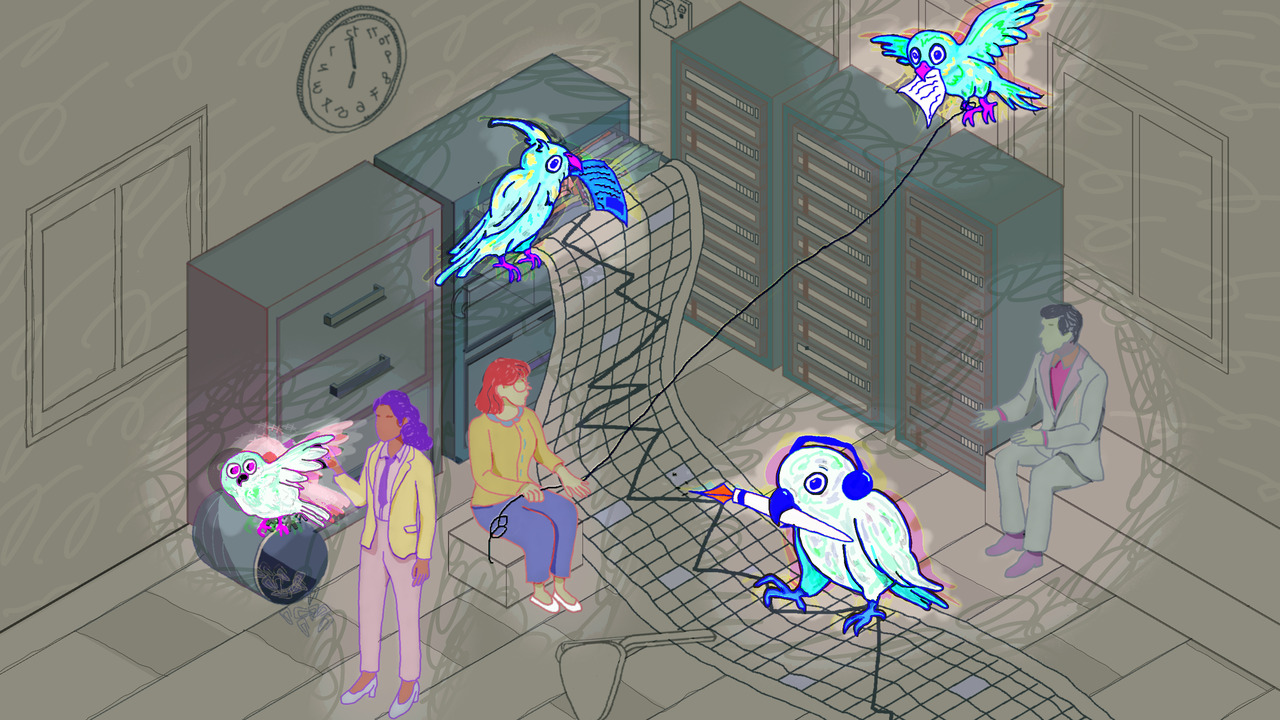Intuitive Programming, Adaptive Task Planning, and Dynamic Role Allocation in Human-Robot Collaboration
PositiveArtificial Intelligence
The review on human-robot collaboration (HRC) published on arXiv outlines the critical components necessary for effective interaction between humans and robots. It emphasizes that while robots have made remarkable strides in mastering complex tasks, humans often remain passive observers, unsure of how to engage. To bridge this gap, a continuous flow of information is essential, allowing humans to intuitively communicate their needs and instructions while robots convey their internal states and actions. This interaction pipeline includes translating multimodal human inputs into robot-understandable formats, adaptive planning, and dynamic role allocation. By identifying trends and promising directions for more adaptive HRC, the review contributes to the ongoing discourse on enhancing the synergy between human operators and robotic systems, ultimately aiming to create environments where robots can operate at their full potential alongside humans.
— via World Pulse Now AI Editorial System





